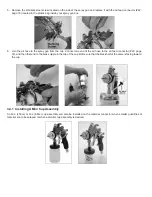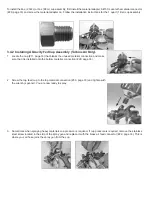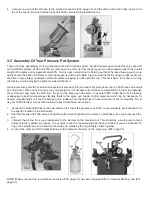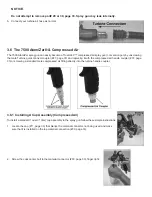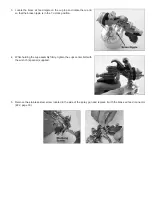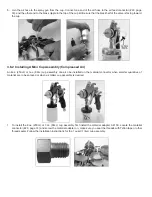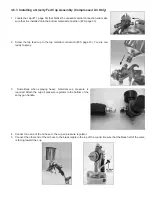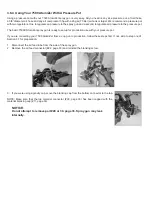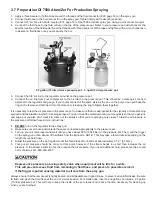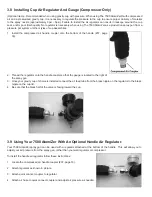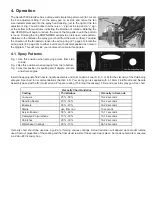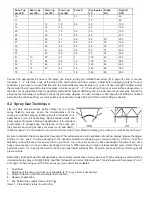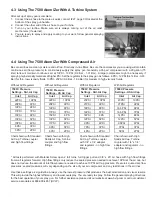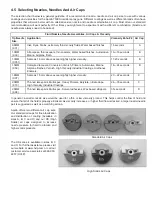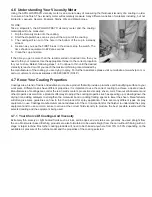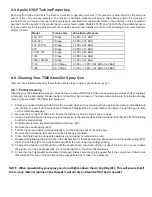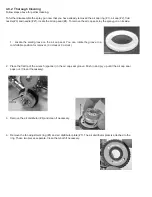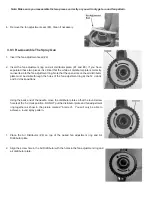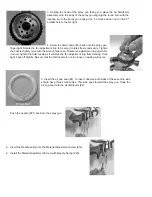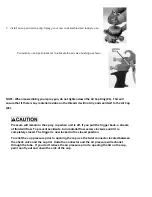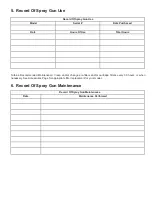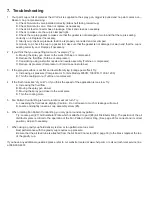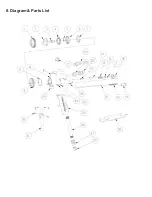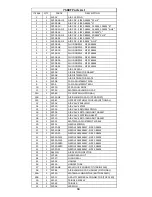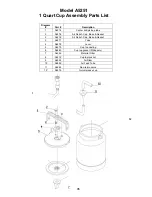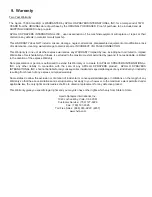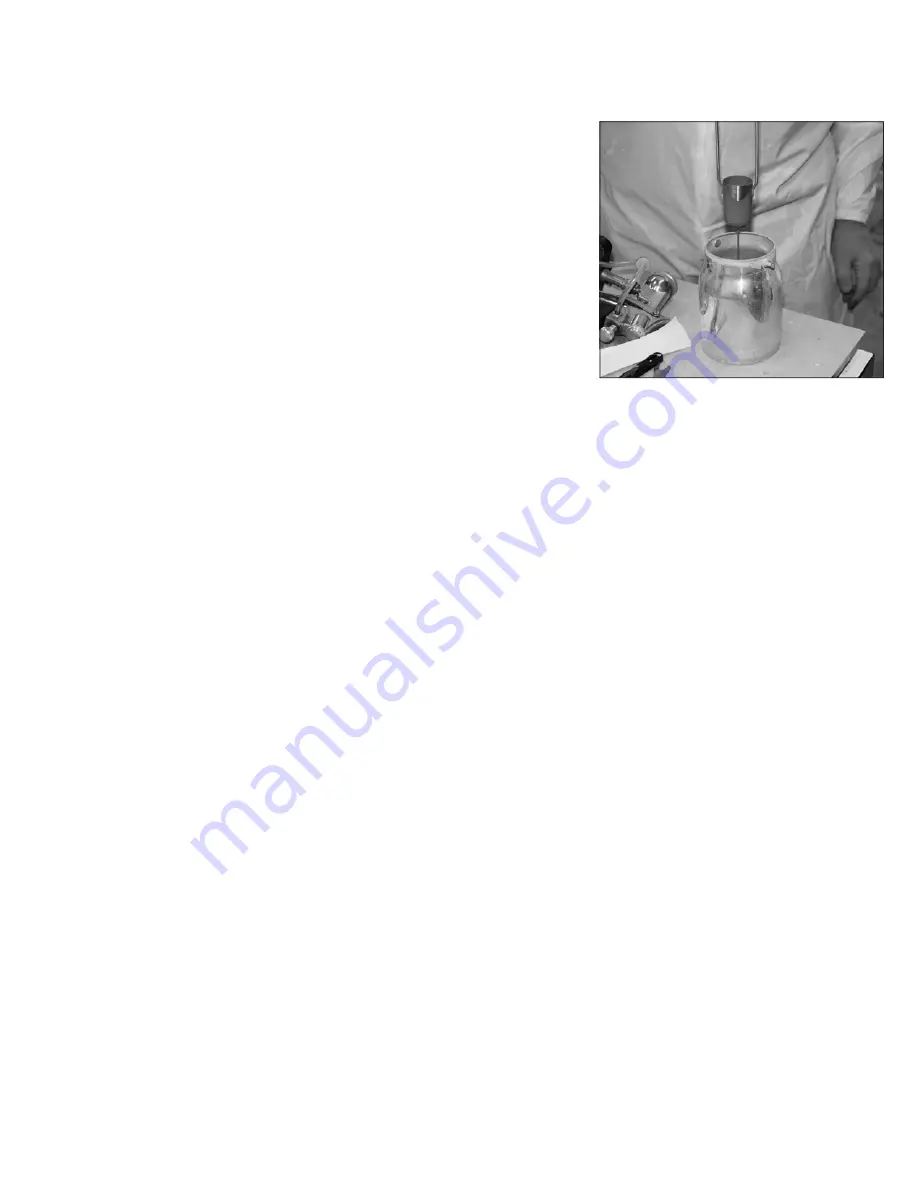
4.6 Understanding Your Viscosity Meter
Using the APOLLOSPRAY® viscosity meter is an accurate way of measuring the thickness/viscosity of a coating in order
to ensure a fine finish. The viscosity meter will accurately measure many different varieties of materials including, but not
limited to: Lacquers, Sealers, Enamels, Stains, Oils and Waterbornes.
TO USE:
Take a stopwatch, the APOLLOSPRAY® viscosity meter and the coating/
material/paint to be measured.
1. Dip the Viscosity meter into the coating.
2. Start the stopwatch as soon as you pull the cup out of the coating.
3. The coating will run out of the hole in the bottom of the cup in a steady
stream.
4. As soon as you see the FIRST break in the stream, stop the watch. The
time shown is equivalent to #2 Zahn seconds.
5. Clean the cup and store.
If the time you get is more than the recommended or desired time, then you
need to thin your material. Use the appropriate thinner to the correct proportion
for your mixture. Retest, following steps 1-4. Continue to thin until the desired
viscosity is reached or until you reach the maximum thinning recommended by
the manufacturer of the coating you are trying to spray. For further assistance please visit our website at www.hvlp.com or
call our customer service associates at 888-900-4857 (HVLP).
4.7 Know Your Coating Properties
Coatings are a blend of resins and additives to create a product that will provide a protective and beautifying surface to your
work piece. Different resins have different properties. It is important to use the correct coating to achieve a desired result.
Manufacturers of coatings can control the resin solids content, production viscosity, sheen, color, flow-out enhancement and
other properties as well. Some products offer ways to adjust the coating properties such as speeding up or slowing down the
drying time, adding catalysts to strengthen the molecular bond or adding flatting agents to lower the sheen. Manufacturers
will often give some guidelines on how to thin their product for spray application. There are many different types of spray
equipment in use. Coatings manufacturers cannot address all of them. It is important for the finisher to understand the spray
equipment and to use common sense to arrive at the correct fluid viscosity to produce the best possible results with the
selected coating and the equipment being used.
4.7.1 Your Choice Of Coatings And Viscosity
Extremely thin, watery or light bodied fluids such as inks, aniline dyes and oil stains can generally be used straight from
the can. Most water based finishing products are also formulated to be used straight from the can without thinning with a 3
stage or larger turbine. Most other coating products will need to be thinned anywhere from 10% to 50% depending on the
available air pressure of the turbine model and the properties of the coating selected.
Summary of Contents for Apollo 7500 AtomiZer
Page 32: ...8 Diagram Parts List...

